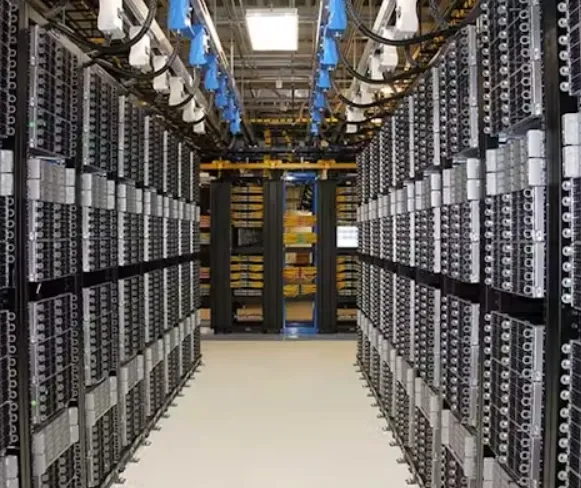The rapid rise of artificial intelligence, high-performance computing, and other data-intensive applications has pushed data centres into uncharted territory. What was once manageable with traditional air cooling is now reaching its limits as processors demand unprecedented levels of power. Keeping equipment cool in high-density environments has become one of the most urgent challenges for operators striving to maintain performance, efficiency, and reliability.
Why Cooling Has Become More Complex
A decade ago, most facilities were designed with racks averaging under 10 kilowatts, and air cooling was more than sufficient. Fast forward to today, and workloads powered by GPUs and advanced CPUs are pushing racks to 50 kilowatts or more. Chips that once consumed a few hundred watts now draw well over 700 watts, with new generations climbing even higher. As computing power has intensified, so has the need for precise, innovative thermal strategies.
The Risks of Falling Behind
Failing to address thermal management doesn’t just shorten hardware lifespan—it also undermines performance. Modern processors are designed to protect themselves by throttling down when temperatures climb too high. While this prevents catastrophic damage, it also reduces speed, wastes energy, and increases operating costs. In short, without proper cooling, expensive high-performance equipment cannot deliver its full value.
Common Missteps in Cooling Strategies
One of the most frequent errors is overcompensating with excessive cooling capacity rather than focusing on efficient airflow management. Effective design begins at the cabinet level, where chilled air must be isolated from exhaust heat. Tools such as blanking panels, grommets, and proper cable sealing are essential. Beyond the rack, containment strategies—such as separating hot and cold aisles—help maintain the necessary pressure differential to deliver cool air where it’s needed most.
The Role of Liquid Cooling
As heat densities climb, liquid cooling is emerging as a practical and scalable solution. Full immersion cooling, where hardware is submerged in a thermally conductive liquid, removes nearly all heat but requires significant redesign of infrastructure. A more flexible option is direct-to-chip cooling, which targets the hottest components while allowing heat to be carried away by existing facility systems.
Innovations such as waterless direct-to-chip cooling are gaining momentum. These solutions use specialized fluids instead of water, reducing the risk of leaks and enabling support for processors running at multiple kilowatts. Some even offer the ability to reuse captured heat, turning a challenge into an opportunity for energy efficiency.
Prioritizing Efficiency in High-Density Environments
For operators, the priority should be maximizing thermal control before investing in costly new builds. By sealing cabinets properly, implementing full containment, and leveraging advanced cooling technologies, many existing facilities can support far higher loads than initially designed. Overlooking these basics often leads to unnecessary infrastructure spending.
Looking Ahead
The demands of AI and advanced computing will only intensify, making efficient cooling strategies central to data centre success. Operators who focus on airflow management, embrace liquid cooling innovations, and fully utilize their current infrastructure will be well-positioned to handle future workloads without unnecessary disruption.







